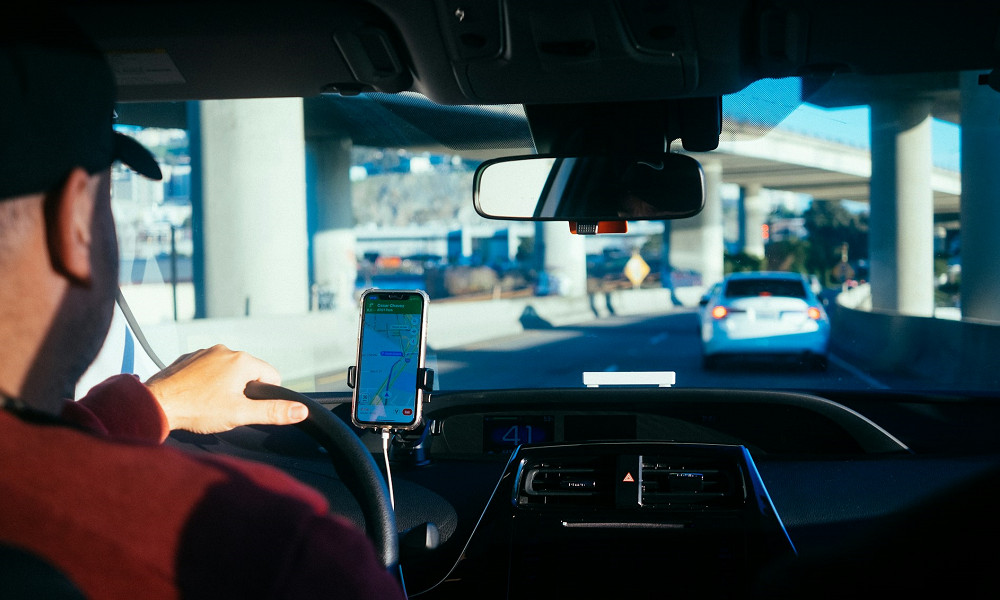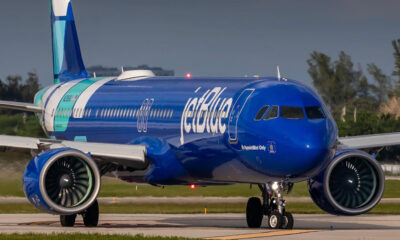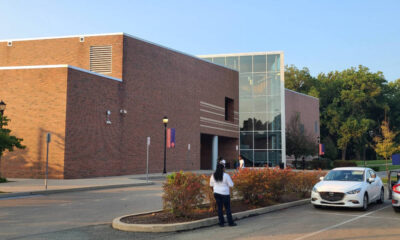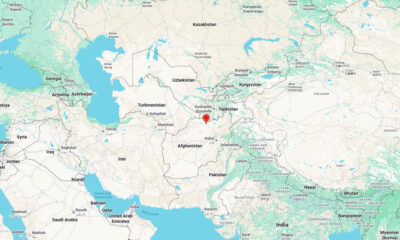Reviews
How Uber Uses Psychological Tricks To Push Its Drivers’ Buttons

Commuting has become a much smoother experience with the advent of ride-sharing services. These companies have a relatively straightforward business model and connect people in need of a lift with people willing to provide one via a convenient app. However, the use of psychology becomes much more complex—and arguably more intriguing—when analyzing how such companies help coordinate the behavior of the drivers to achieve efficiency and productivity. This article will explore what techniques are used and why they work.
Gamification
Drivers for ride-sharing companies are subject to a process known as ‘gamification’ to increase their performance. In this case, the platform turns the process into a game, with drivers setting goals for themselves and then working towards achieving them. These goals might be in the form of monetary rewards, points, badges, or levels. This works because people are highly motivated by the feeling of accomplishment and the sense of pride that comes with meeting a target. Ultimately, drivers will be more likely to pick up another ride or work another hour when they know they are close to achieving a certain target.
For the company, the gamification process turns routine tasks—such as picking up another passenger—into a sort of challenge, as it triggers one of two goals set by the platform: earning a bonus or gaining a higher status, or indeed the satisfaction of seeing that you worked more hours or took more passengers than last week. This helps increase activity while keeping drivers hooked into the process via motivation and rewards. However, a study by the University of Chicago and Rice University found that the introduction of ride-sharing services correlated with a 3% increase in traffic fatalities. If you have been involved in a ride-share collision, a car accident law firm can help you obtain justice and fair compensation.
Behavioral Nudges and Notifications
The ride-sharing platform can send drivers notifications at various times to encourage certain behaviors. For example, at peak hours, drivers will be notified of high demand in a particular area. This works because the notification is directed, not random. Another nudge is an alert to keep driving when a driver is about to reach a bonus target. They would then accept several rides to hit that target before he calls it a day.
Moreover, social influence is for passenger ratings as well. The higher the ratings are, the better chance they have of getting more ride requests. Drivers strive to do a good job because they want to keep their good rating. This customer-centric approach is beneficial for the riders as well as the cab drivers.
Surge Pricing
Surge pricing is one of the more common features that affects a driver’s decision-making. Prices rise during times of high demand, which creates an opportunity for drivers to get paid more. However, it does affect when and where they work. During these hours, drivers work more often due to the higher wage incentives. This strategy allows the platform to maintain availability during surge demand.
Feedback and Communication
Feedback mechanisms are designed to keep drivers motivated. Positive feedback from passengers raises spirits and encourages continued efforts, while constructive feedback can lead to improved service quality. Driver and platform communication is also important. Drivers will be notified regularly of the performance metrics and earning potential of the car. This transparency can help drivers gain trust and encourage them to remain with the platform.
Balancing Autonomy and Control
The platform maintains a level of control even though drivers enjoy flexibility. They recommend the most efficient routes to reach the destination and how many hours the driver should work. However, drivers retain the autonomy to make their own choices. This balance is crucial. Drivers feel empowered while also gaining insights from the platform. The combination of freedom and support enhances job satisfaction.
Conclusion
Ride-sharing platforms excel at using psychology to influence driver behavior. Gamification, notifications, social influence, surge pricing, feedback, and communication are used to maintain efficiency and productivity. By understanding these tactics, drivers make informed decisions and maximize their potential. This mixture of technology and psychology benefits both drivers and passengers.

-

 US News5 days ago
US News5 days agoJetBlue flight diverts to Tampa after altitude drop injures at least 15
-

 Breaking News2 hours ago
Breaking News2 hours agoUPS cargo plane crashes into buildings near Louisville airport; injuries reported
-

 World1 week ago
World1 week agoU.S. Navy helicopter and fighter jet crash in South China Sea; all crew rescued
-

 Legal1 week ago
Legal1 week agoMultiple injured in shooting at Lincoln University in Pennsylvania
-

 World2 days ago
World2 days agoStrong 6.3 earthquake strikes northern Afghanistan; felt across Pakistan
-

 World2 days ago
World2 days agoProtesters storm government building in Mexico after killing of local mayor
-

 World3 days ago
World3 days ago10 people stabbed on train in Huntingdon, England
-

 US News6 days ago
US News6 days agoTrump says U.S. will resume nuclear weapons testing ‘on an equal basis’



